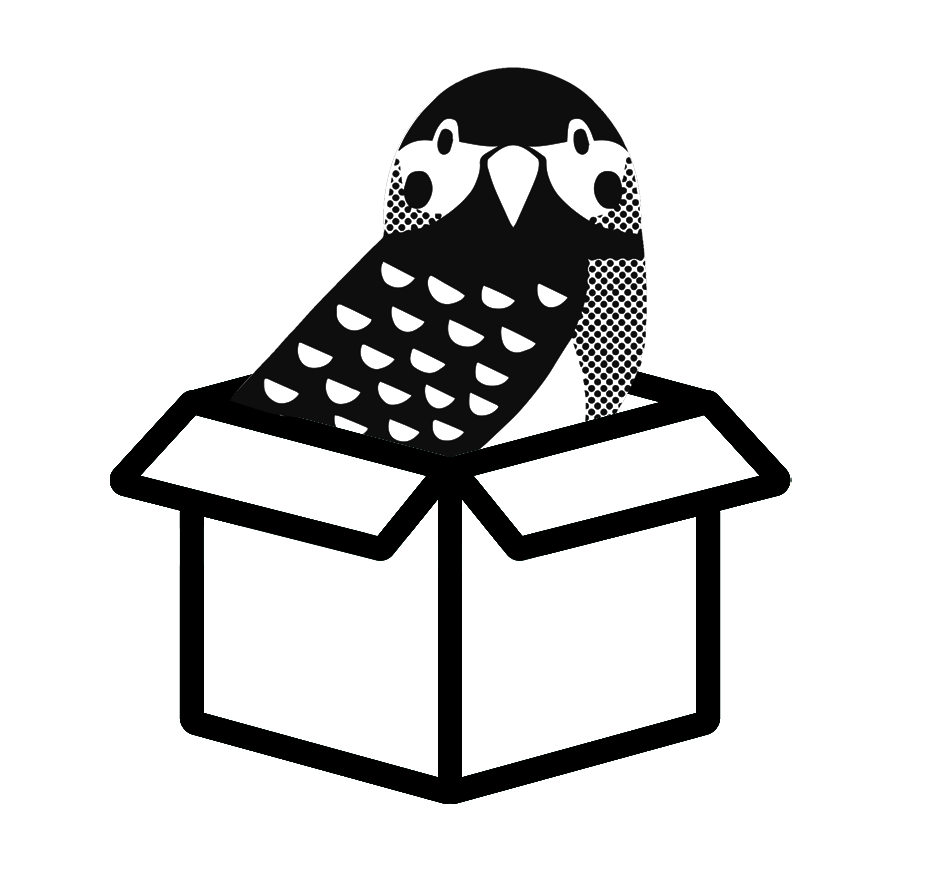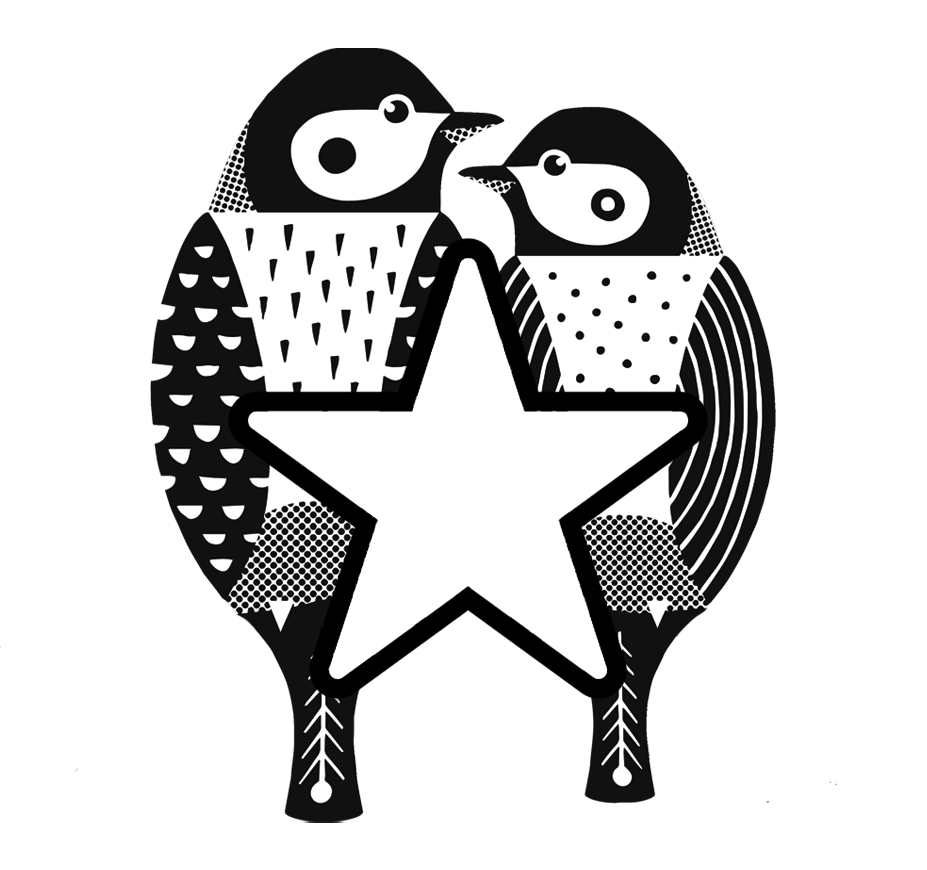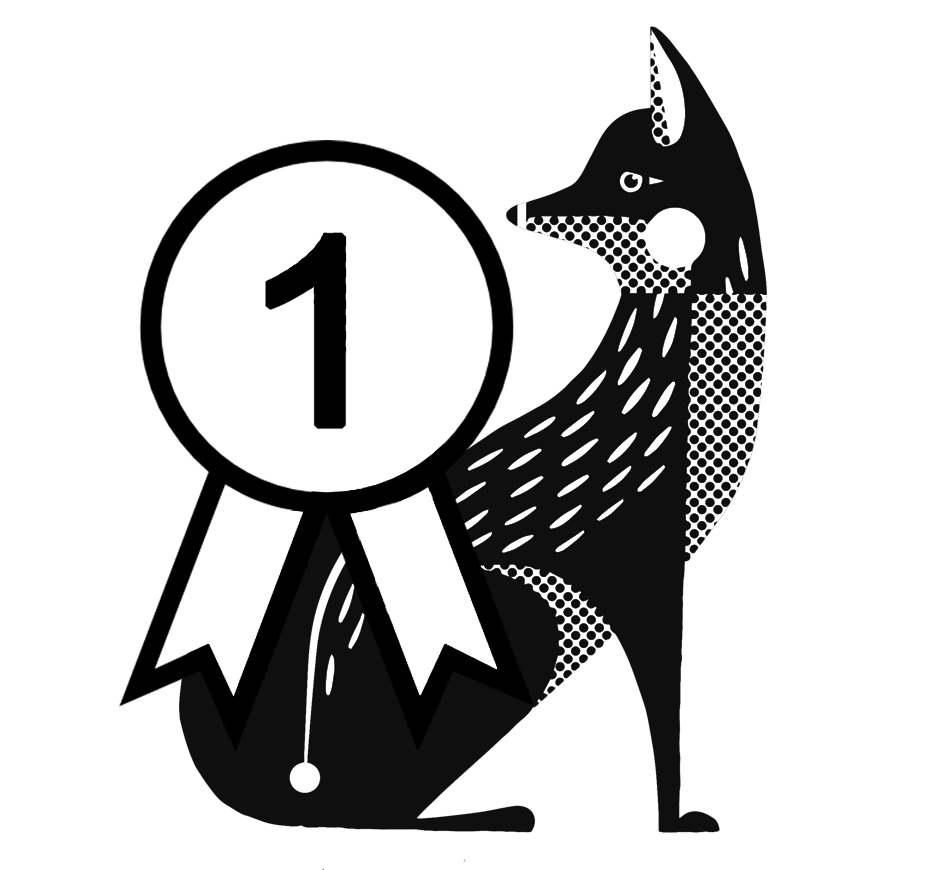In this blog post series, we will be looking at a different bird every month to learn a little bit more about the birds we see in our gardens. In this instalment, we will be looking at the Kestrel.
Kestrel - Falco tinnunculus
Average size
The kestrel is approximately 32 - 35 cm long, with a wingspan of 71-80cm. Their weight ranges from 156 to 252g.
Average Lifespan
4 years.

How to spot them
Male kestrels have a grey head and tail with a prominent black band, a gingery-brown back and a creamy underside which is speckled with black. The females are a little harder to distinguish, as they have uniform brown back and dark bands on the tail.
What to feed them
Kestrels aren't the type to pop round your feeder for dinner we're afraid. They are hunters, predominantly of voles. They will also hunt small mammals such as woodmice and shrews, small birds, insects and earthworms.
Nesting
Kestrels do not build their own nests. They use the old nests of crows and other birds who build using sticks. Though they aren't fussy as will also settle in nestboxes. They will often return to the same nesting site in successive years.
The kestrel normally lays a clutch of 3-6 eggs in late April or early May. Though she is only able to produce eggs if she can get enough food. If the vole population is low, some will fail to nest at all.
Incubation takes approximately 27-29 days. The chicks require constant body heat from mum for 10-14 days, before they are able to control their own body temperature. During this time, the male provides the food for the mum and babies.
Fledging
Fledging begins at approximately four weeks old. They will explore further and further afield but will continue to roost for a number of weeks. Mum and Dad will continue to feed them until they can hunt for themselves.
There is no aggression between the chicks, which is uncommon in birds of prey. Even after fledging, the kestrels will fly, and roost together for some time.
Fun Fact
Kestrels can see ultra-violet light. They use this to locate voles by the trail of urine they leave which glows in ultra-violet light. They are also the only bird of prey capable of hovering!
Can you help them?
The kestrel is included on the Amber List of Birds of Conservation Concern. Starvation is the biggest cause of death, especially of juveniles during their first autumn and winter. Though you can't help with feeding, providing nesting boxes, and perches for them to hunt from will be appreciated.


























